Lincoln College Preparatory Academy (High School)
Introduction
Text-to-speech Audio
Established in 1865, Lincoln College Preparatory Academy was the first Kansas City school established for African Americans in the era of segregation and continues to serve as a high school and center of the community. Originally housed in a church located at 10th & McGee Street and proceeding the establishment of the Kansas City School District by two years, Lincoln Prep was the only Kansas City school for Black students and served as an elementary school for the first 13 years of its existence. The high school was established in 1878 and had three different locations before its current address on Woodland Avenue in Kansas City, Missouri. Through the Civil War, the Civil Rights movement, and desegregation, Lincoln Prep, also known as "the castle on the hill", has served as an educational institution for Kansas City youth.
Images
Lincoln College Preparatory Academy as it appears today
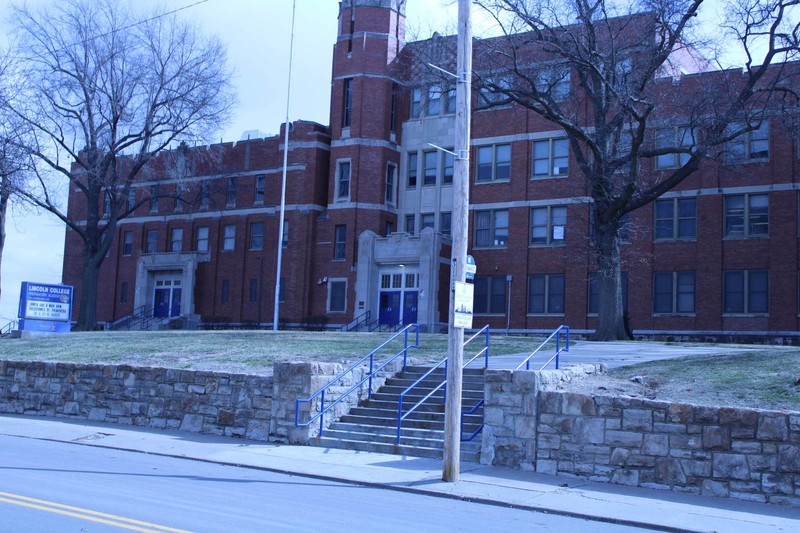
Lincoln College Preparatory Academy as it appears today
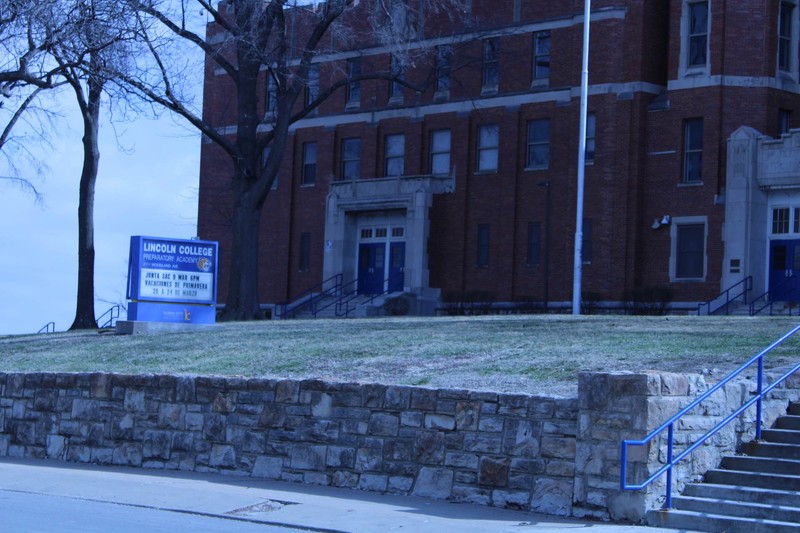
June 1917 Cover of The Lincolnian Commencement Edition
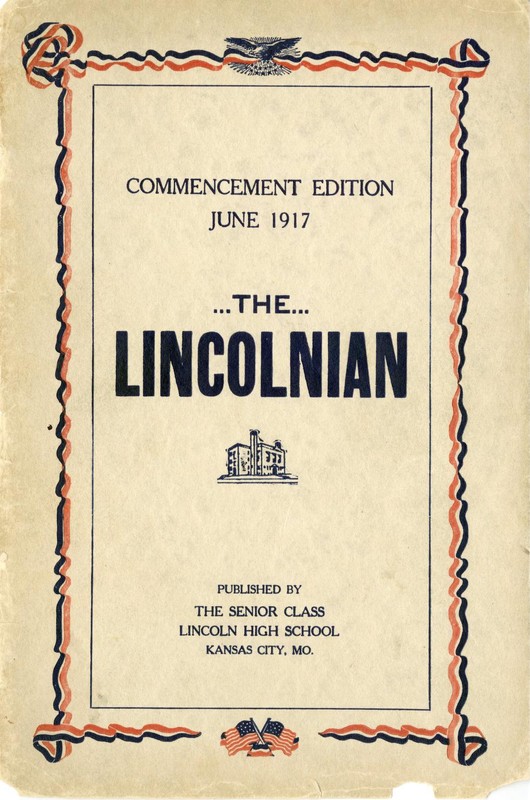
Lincoln High School 1890
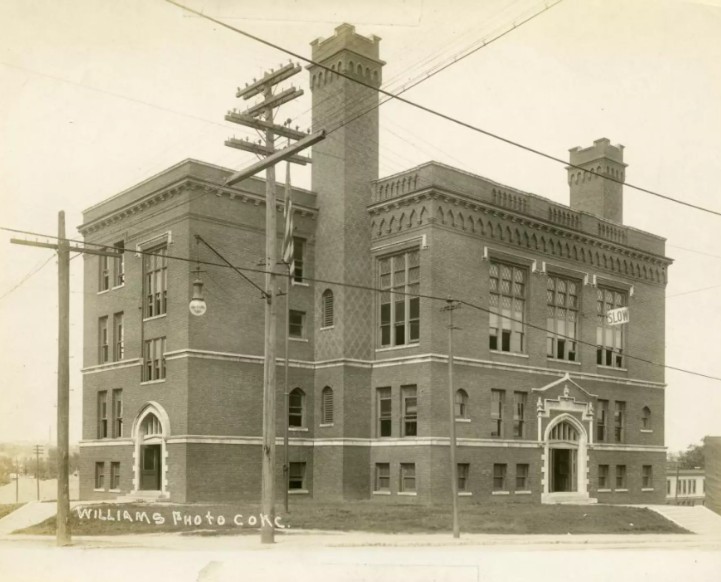
1911 Lincolnian Class
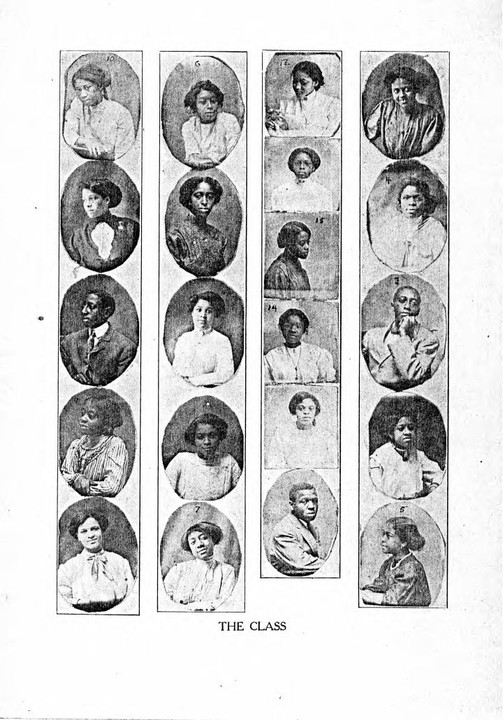
Backstory and Context
Text-to-speech Audio
Established in 1865, Lincoln College Preparatory Academy (High School) is Kansas City, Missouri's first and oldest school for African Americans. Originally housed in a church located at 10th & McGee Street and proceeding the establishment of the Kansas City School District by two years, Lincoln Prep was the only Kansas City school for Black students and served as an elementary school for the first 13 years of its existence. The high school was established in 1878 and had three different locations before its current address on Woodland Avenue in Kansas City, Missouri. Through the Civil War, the Civil Rights movement, and desegregation, Lincoln Prep, also known as the "Castle on the Hill", has served as an educational institution for Kansas City youth.
Founded by Rev. Jonathan Copeland and his wife in 1865 during the Civil War era, Lincoln was then known as the Congressional Sabbath School and was housed inside of a small church located at what is now 10th and McGee. Back then, the Missouri constitution stipulated that each school district must provide a separate school for Black students. In 1867, two years after the establishment of the Congressional Sabbath School, the Kansas City School District was founded and Reverend Copeland’s school was selected to be the education center for all of the Black children in the district.
According to the school’s website, Lincoln switched buildings four times from 1869 to 1915. During that time, in 1878, then principal August Nero organized Lincoln High School as a separate entity from the elementary school and two years later the two schools were placed in separate buildings. In 1885 the school graduated its first class of high school students; although, the high school department was not officially organized until a year later in 1886 by principal S.R. Bailey. The building that stands today at 2111 Woodland Ave and is affectionately referred to as the “Castle on the Hill” was built during the Great Depression under the tenure of H.O. Cook. A 1917 issue of the Lincolnian indicates that the school began offering vocational training to enable students to make good wages upon graduation.
Lincoln High School was the only high school for Black students well into the 1950s and as such, accepted Black students from rural parts of Missouri who traveled for access to quality education. During the next four decades to follow, the purpose and makeup of Lincoln had a notable change.
The 1954 ruling of the landmark civil rights case Brown vs. Board of Education, Topeka Kansas marked the ending of the Supreme Court’s “separate but equal” precedent. This did not immediately impact Lincoln as the student body was a reflection of the surrounding area which was also still predominantly Black.
In 1978, Lincoln became a magnet school and the student body became integrated under the guidance of Marvin Brooks who served as the headmaster and previous principal. The name was changed to Lincoln Academy for Accelerated Study to reflect the innovative coursework and specialized training offered.
Less than a decade later, white flight was severely impacting the Kansas City Public School District and in September of 1987, U.S. District Judge Russell G. Clark ordered a property tax increase to help finance school desegregation. It was later found unconstitutional, and in 1990 a federal judge refunded $10.7 million to Kansas City School District property owners who filed a formal protest. It was also during this time that Lincoln had its last and most recent name change to Lincoln College Preparatory Academy.
Since that time, the makeup of Lincoln’s student body has changed in what has been coined as Black flight as Black families suburbanize. Over the past few decades, the number of Black residents has decreased while the Latino population has increased. These shifts are reflected in the student body makeup with a roughly 25% decrease in the enrollment of Black students reported in 2019 and an increase in Hispanic and white student enrollments.
In an effort to preserve the history of Lincoln, the Lincoln High/R.T. Coles National Alumni Association opened the Lincoln College Preparatory Academy’s new alumni room in 2022. The space is filled with and allows visitors to access archival data about the institution’s history.
For over 150 years, Lincoln College Preparatory Academy has been serving thousands of students as an educational center, including famous alumni such as jazz legend Charlie “Bird” Parker and journalist and former publisher of “The Kansas City Call” Lucile Bluford. In January 2014, Lincoln was added to the National Register of Historic Places as a place worthy of preservation. In addition to educating Kansas City residents, Lincoln College Preparatory Academy served as a cultural center for many Black Kansas City residents
Sources
LCPA History, KC Public Schools. Accessed November 4th, 2022. https://lcpa.kcpublicschools.org/about/history
1917 Lincoln High School Yearbook, January 1st, 1917. Accessed November 14th, 2022. https://archive.org/details/LHSAnnual1917/page/n31/mode/2up?q=trade.
Randle, Aaron. Lincoln Prep soon may no longer be majority Black. Is that a sign of loss or progress? Read more at: https://www.kansascity.com/news/local/article229600489.html#storylink=cpy, https://www.kansascity.com/. May 12th, 2019. Accessed November 14th, 2022. https://www.kansascity.com/news/local/article229600489.html.
Tax Refunds Ordered in KC Desegregation Case, https://apnews.com/. November 1st, 1990. Accessed November 14th, 2022. https://apnews.com/article/ab2cb275edc964f7141b62c47a9b3aa6.
Hoover, Abby. Lincoln alumni work to preserve legacy, http://northeastnews.net/. March 3rd, 2021. Accessed November 14th, 2022. http://northeastnews.net/pages/lincoln-alumni-work-to-preserve-legacy/.
Photo by Brandon Camacho
Photo by Brandon Camacho
https://archive.org/
The Black Archives of Mid-America
https://archive.org/
